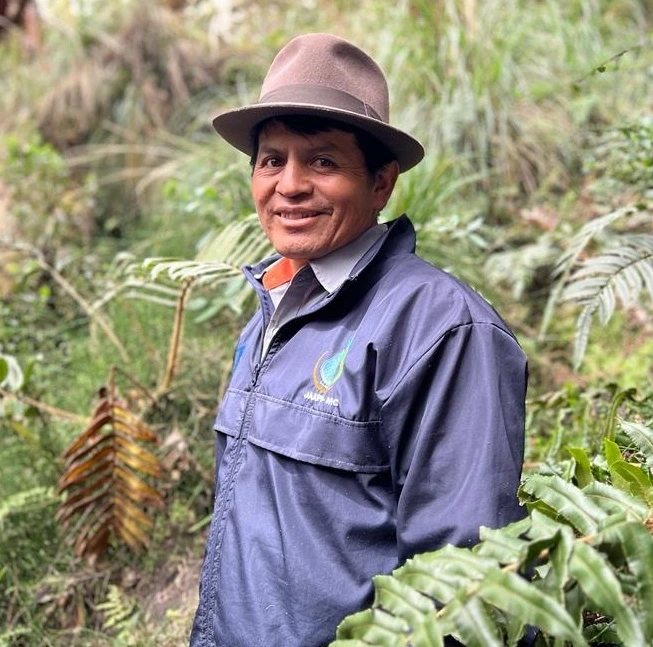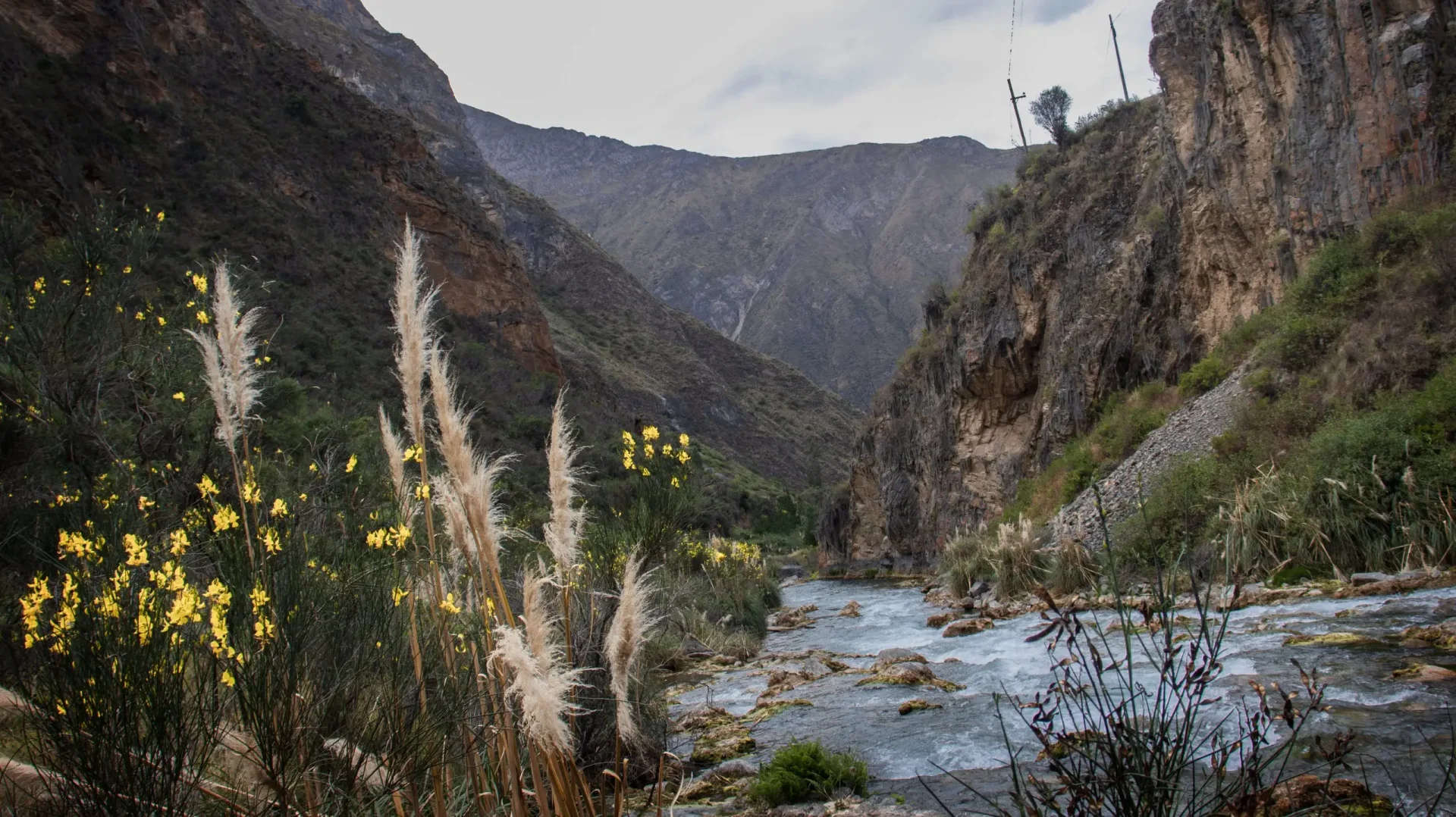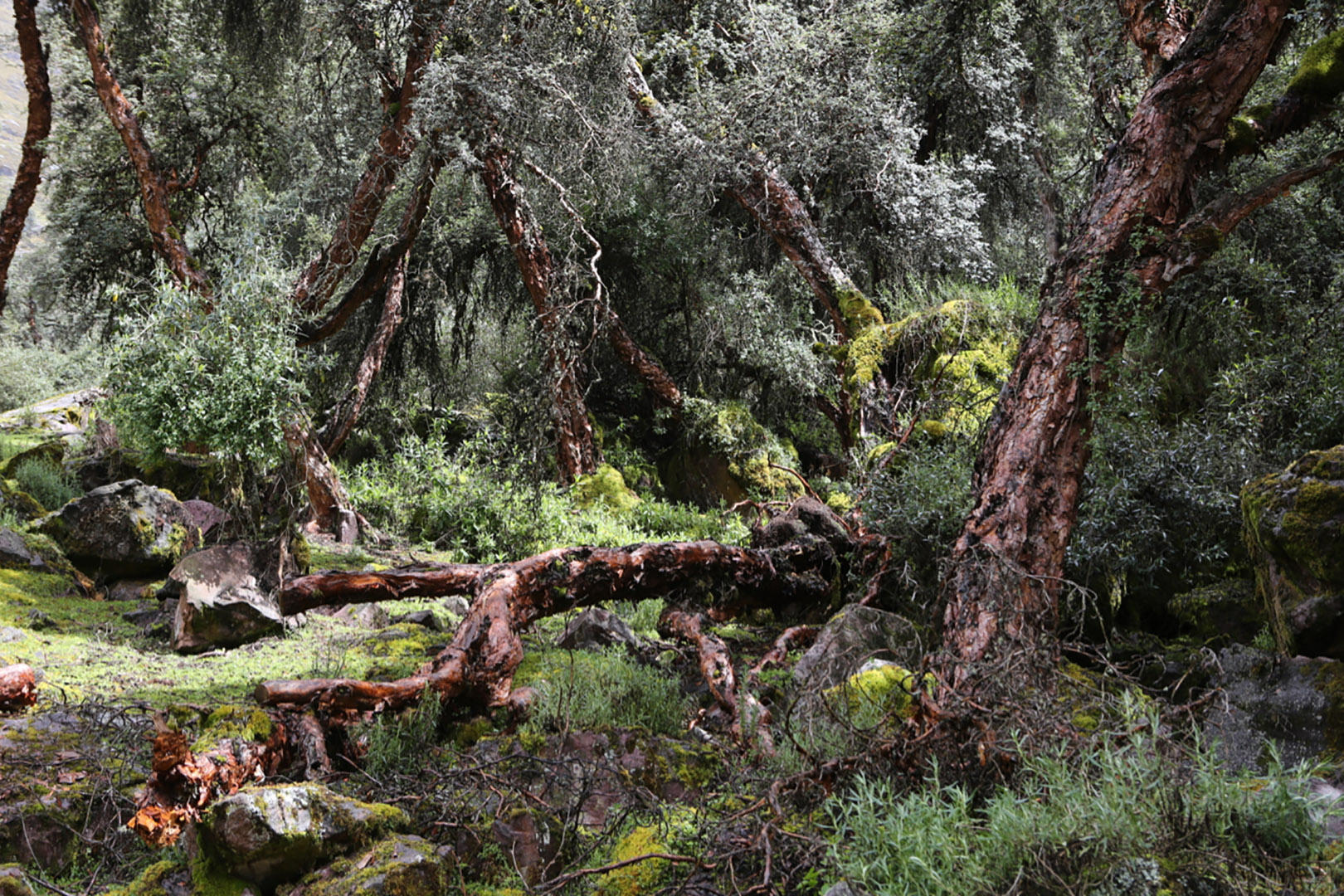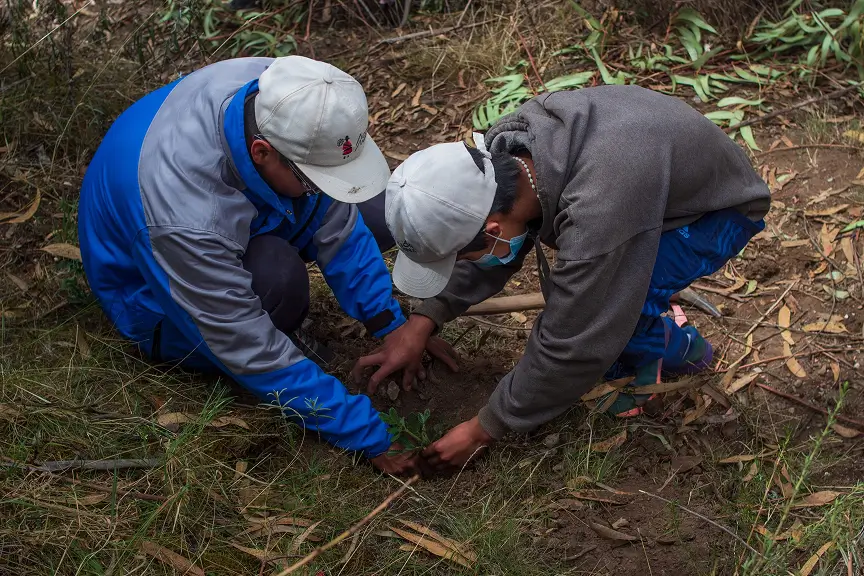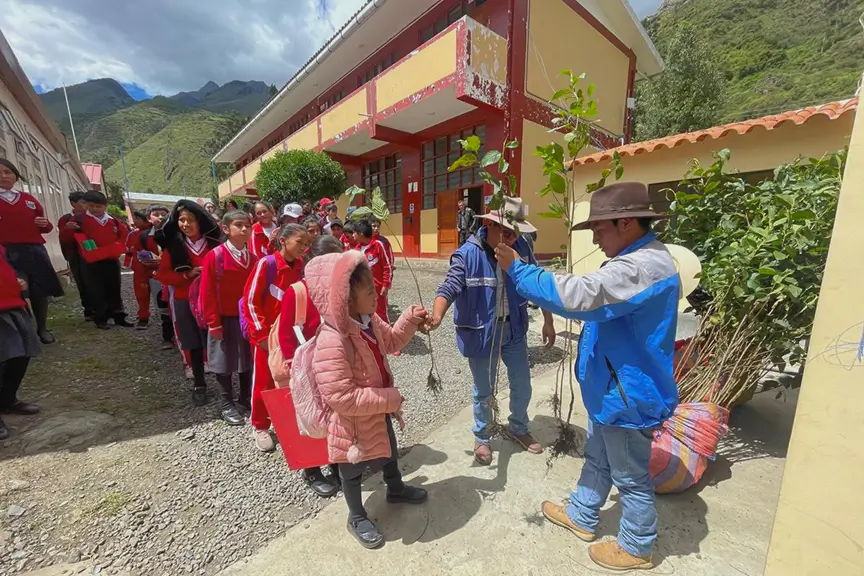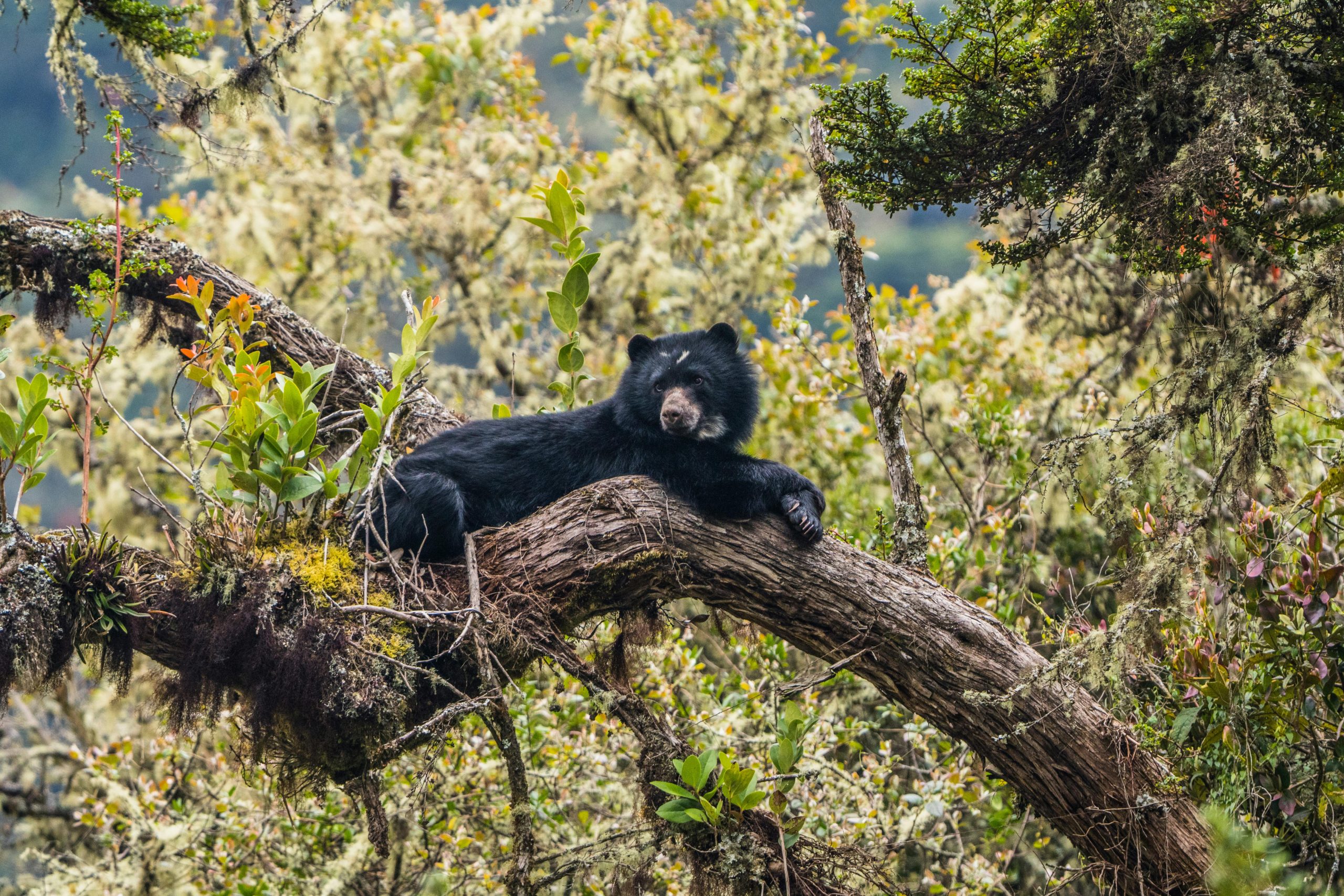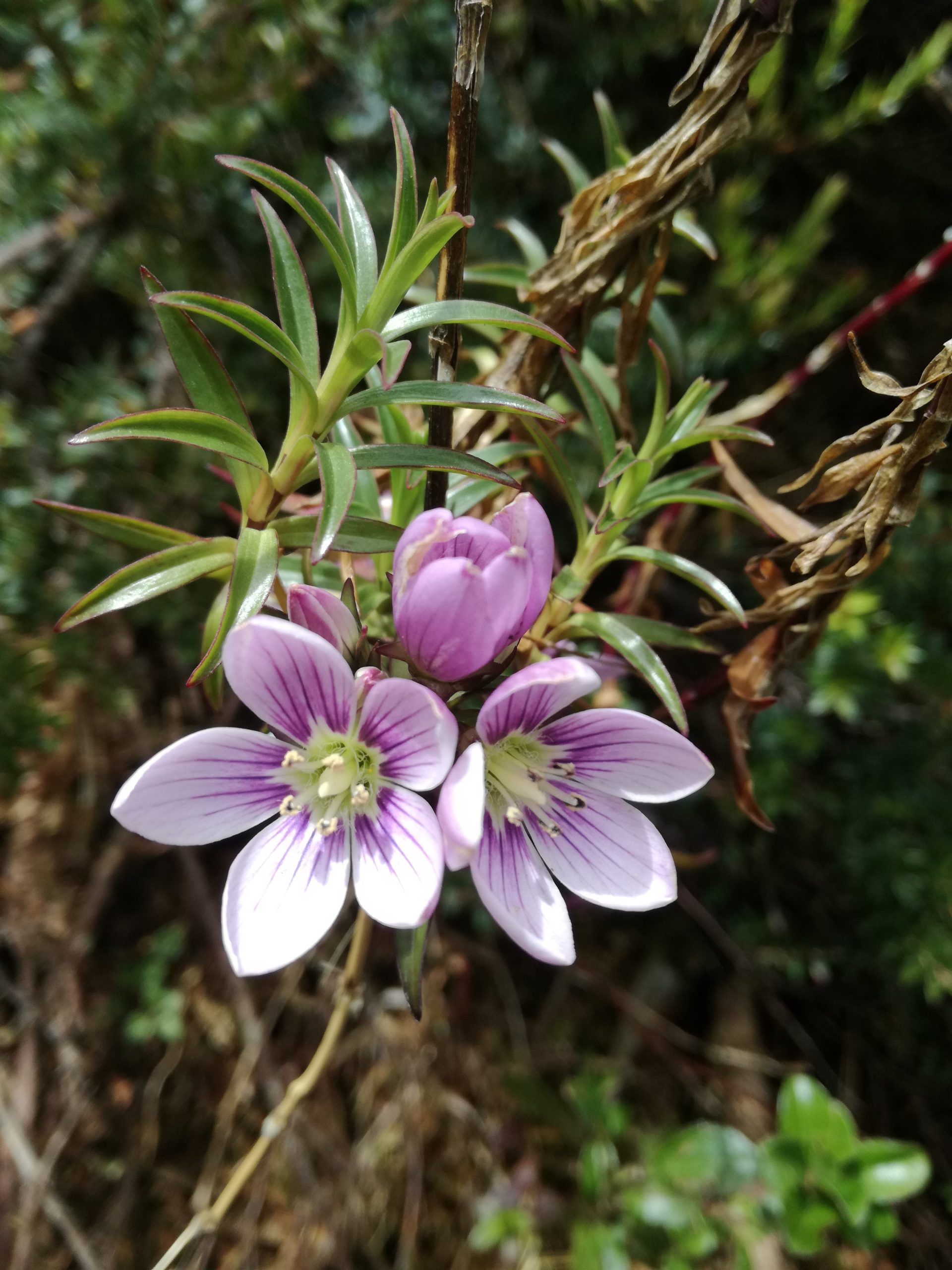Reviving Andean Forests for Future Generations
As the origin of the Amazon River, the Andes play an essential role in the water security of the continent. Native forests, particularly Polylepis trees, capture cloud mist and water from melting glaciers and slowly release it to recharge watersheds. Yet, only 1.2 million acres remain. Acción Andina is on a monumental mission to restore these endangered ecosystems to improve water security and climate resilience.

Our Key Issues
Acción Andina goes beyond restoring forests. Our holistic initiative fosters leadership development, educational programs, water security, wildlife protection, and more by supporting communities and creating a restoration economy around reviving high-altitude Andean landscapes.
SEE OUR NUMBERS
The Outcomes of Our Work
Acción Andina has already planted millions of trees, protected thousands of acres of endangered forests, and involved tens of thousands of local community members and conservation leaders across the Andes. Explore our interactive platform showcasing the latest impact metrics. While our data is still being refined, this is a first glimpse into our detailed and transparent effort to track restoration progress across the Andes. Dive into the numbers, see the results, and join us in our mission to restore these vital ecosystems.
SHARING THE PROCESS
The Importance of Partnerships
Acción Andina’s success is all about partnerships – both local and global – to work together toward the common goal of regenerating nature.
“Acción Andina is not just about producing and restoring young trees. It’s about working hand-in-hand with the local communities.”
Rosmery Ayala, Executive Director of Faunagua, Bolivia.

PROTECTING BIODIVERSITY
The Species We Protect
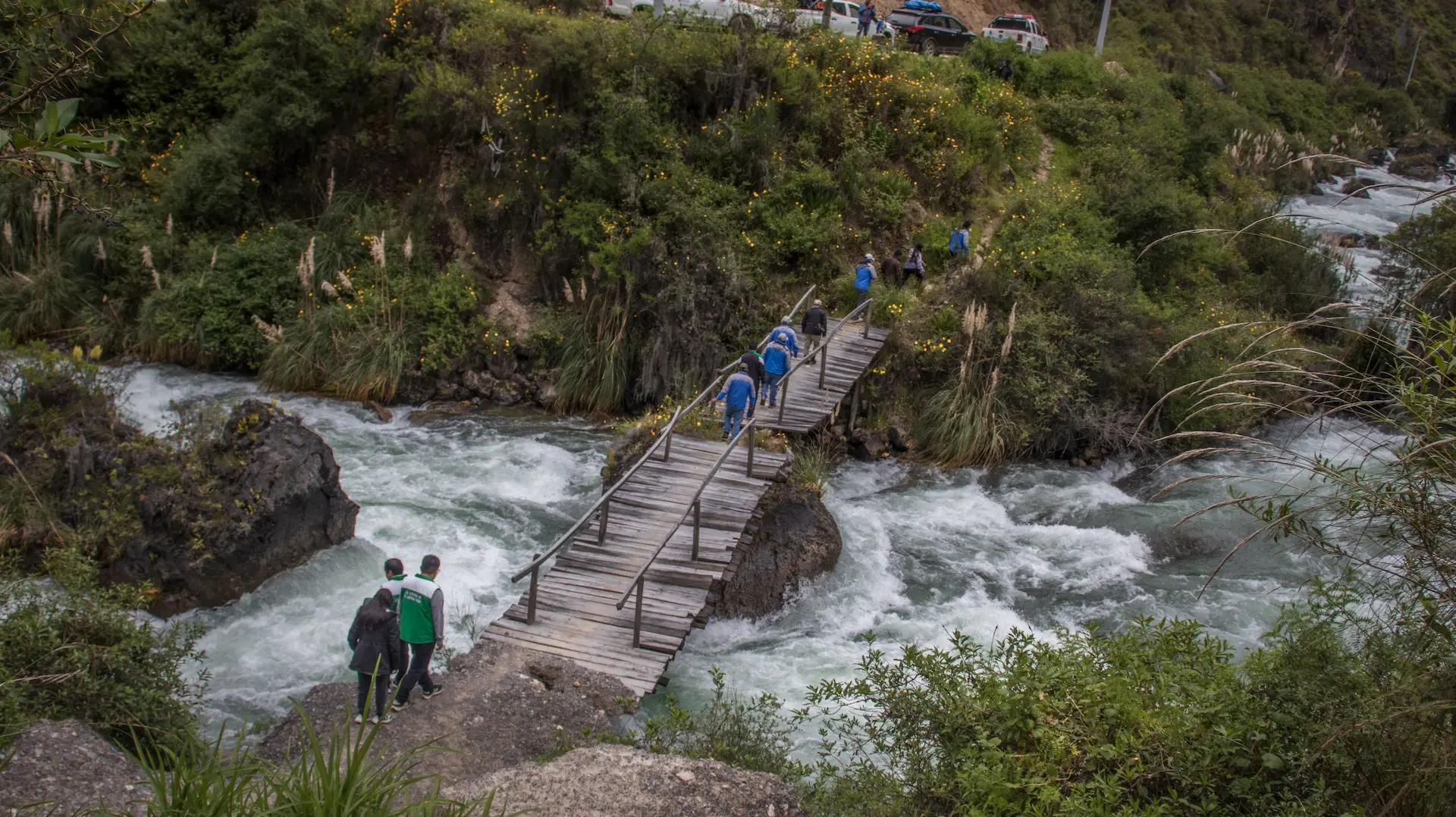
Strengthening Communities
Local communities recognize both the urgency and the opportunity to restore their mountain ecosystems, strengthen livelihoods, and enhance climate and water security.
